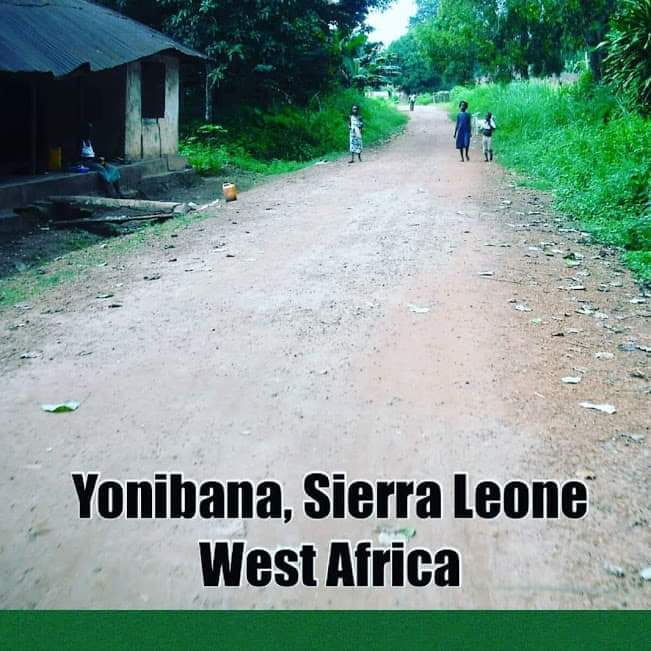Sierra Leone is a country of Western Africa, bordered by the Atlantic Ocean in the west, by Guinea in the north and by Liberia in the south. It owes its name to the 15th-century Portuguese explorer Pedro de Sintra, the first European to sight and map Freetown Harbor. The original Portuguese name, Serra Lyoa (“Lion Mountains”), referred to the range of hills that surrounds the harbor. Sierra Leone gained its independence in 1961.
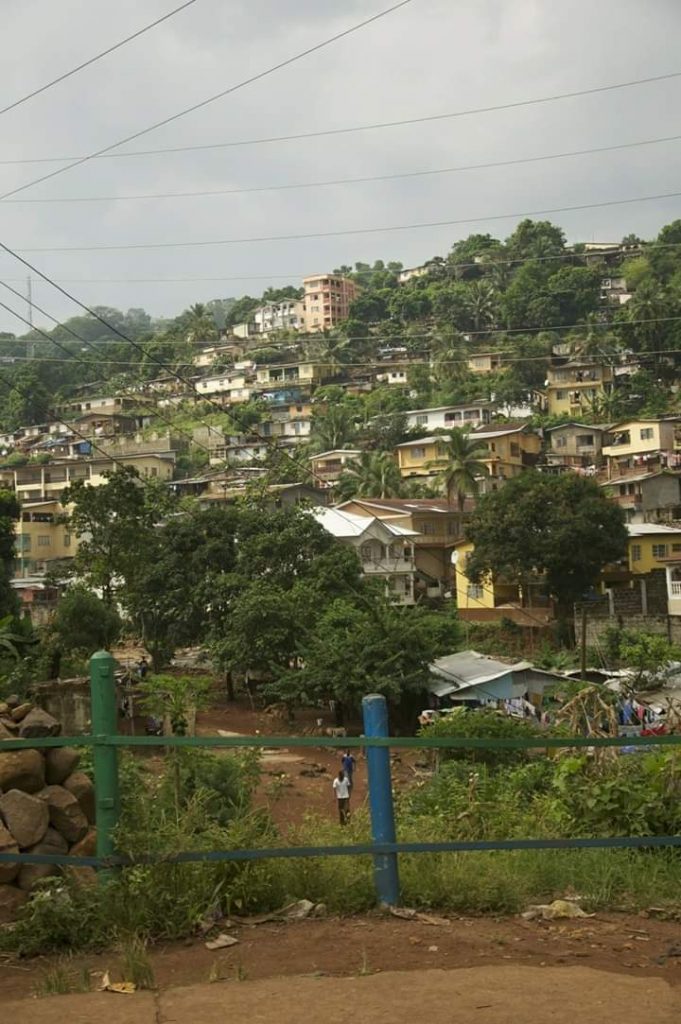
The capital city, Freetown, commands one of the world’s largest natural harbors. There are two main ethnic groups which are the Mendes and Temnes. The Krios make up about 10% of the population. The typical climate in Sierra Leone is tropical and boasts of many palm trees around. Its vast in agriculture and best known for cassava, cacao, coffee, ginger, oranges, palm kernels, peanuts, but most importantly rice which is the main food crop. Sierra Leone’s main minerals produced are chrome ore, diamonds, iron ore and futile.

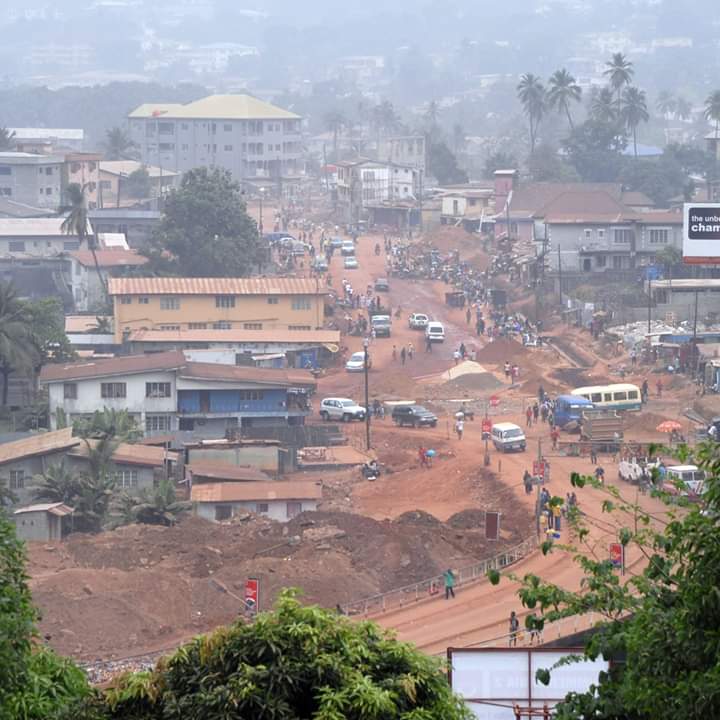
Tonkolili District is located in the northern provinces of Sierra Leone. It is strategically located in the center of Sierra Leone and its capital city is Magburaka. The Temne people make up the overwhelming majority of the population of Tonkolili District.
Yoni is one of eleven chiefdoms within the Tonkolilli District. Yonibana is a small town within the center of Yoni Chiefdom and prides itself on its righ history beginning with its name origin “Bana” which means “Big” It contains more than 2.5 thousand people. It is located three miles away from Mile 91 town. Yoni-chiefdom is one of the biggest chiefdoms among the 190 chiefdoms in Sierra Leone. It’s surrounded by three (3) chiefdoms: Yoni Chiefdom, Kholifa Mabang Chiefdom and Malal Marah Chiefdom, Yoni is the most superior among them and has a police division located at mile 91 town, 3 miles away from the Head quarter town Magburaka.
The most popular language spoken by the people of Yonibana is called Kathemne.
To say “Good Afternoon”, it would be~
“M’ Parie”; To say “Good Morning”, it would be ~N ‘dirai.
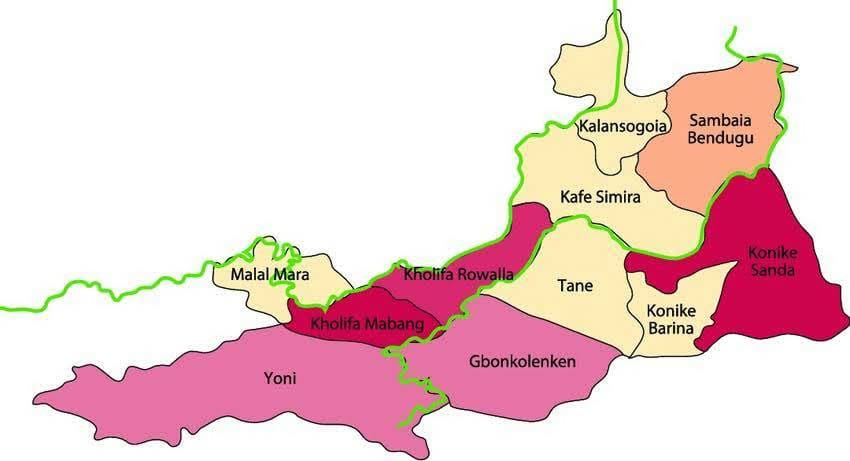
Yonibana is served by the Yonibana Secondary School (YSS) one of the oldest Secondary schools in Northern Sierra Leone which was built in 1964 by the European delegation. The school’s motto is “Only The Best Is Good Enough For Us”
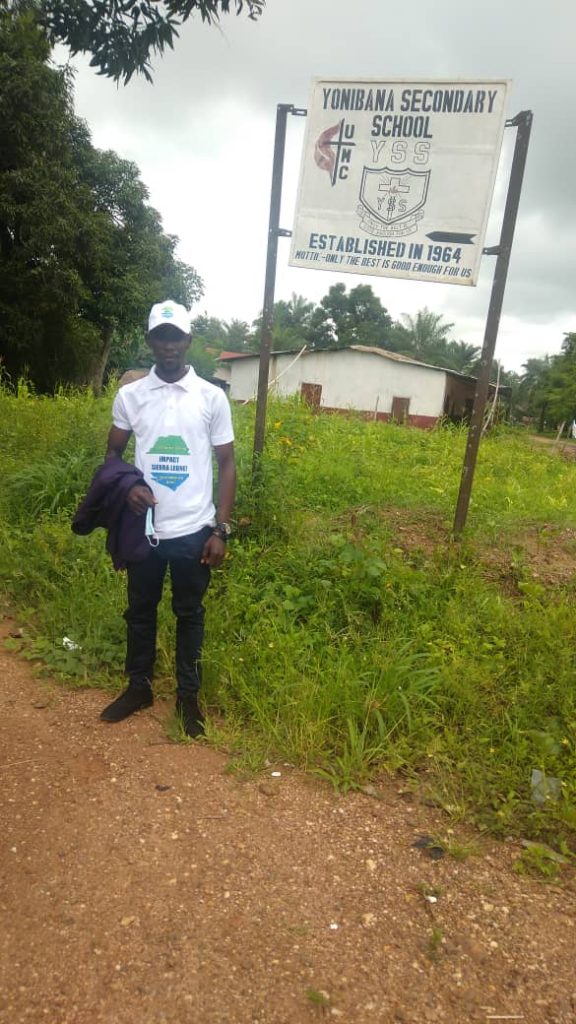
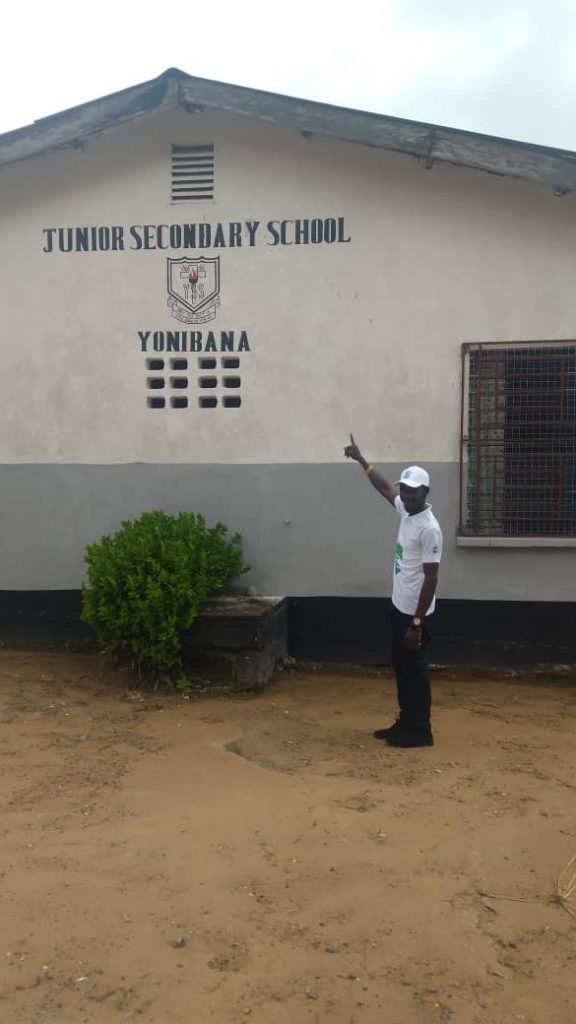
Yonibana is the birthplace of many prominent people to include:
o Madam Haja Zainab Hawa Bangura, the Director-General of the United Nations Office at Nairobi and former Minister of Health of Sierra Leone;
o Mr. Momodu Koroma, former Sierra Leone’s Minister of Foreign Affairs;
o Dr. James Sanpha Koroma, CEO/Founder of Union Trust Bank, LTD and the only private, indigenous bank in Sierra Leone;
o Mr. Jacob Kanu, former Chairman of National Social Security and Insurance Trust (NASSIT) in Sierra Leone;
o Issac Muckson Sesay, CEO of the Canadian College of Modern Technology (CCMT) in Mile 91;
o Mohamed Konto Koroma, Country Director of the DAWAH Islamic Program in Sierra Leone.
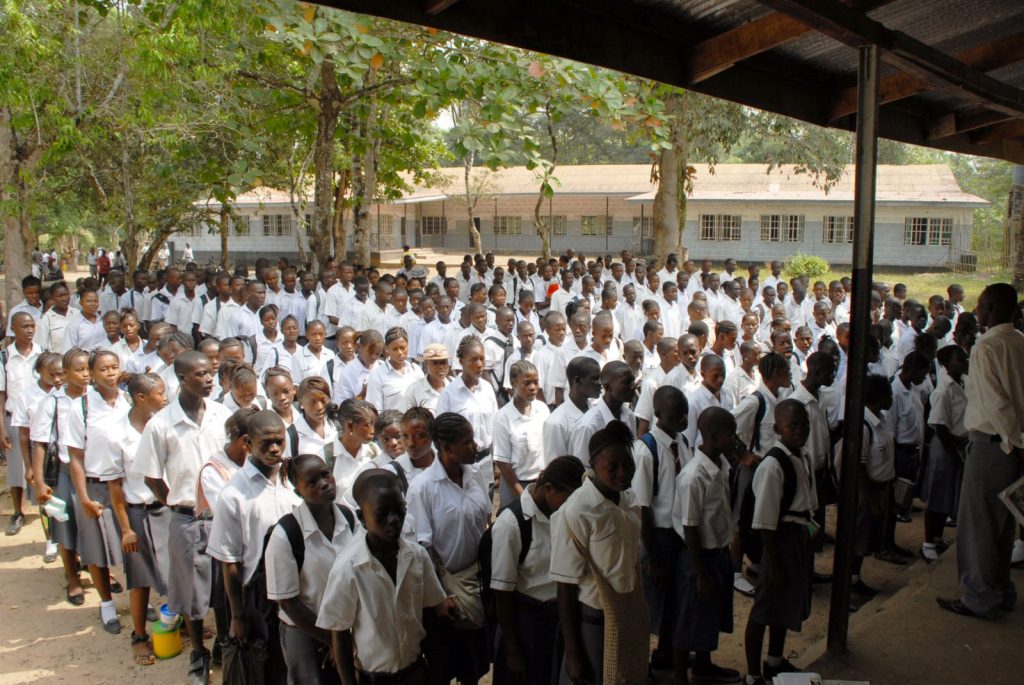
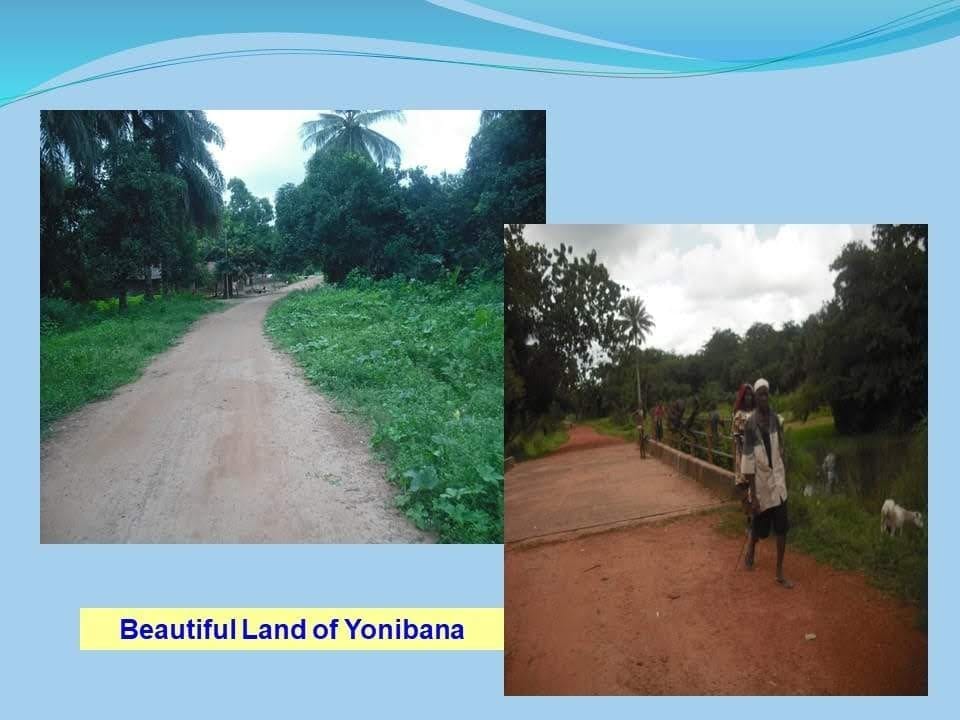
Traditional Ceremony.
Yoni as a chiefdom usually conducts a chieftaincy election after the death of a paramount chief. The last when the paramount chief election was conducted over five years ago and worn by PC Fullah Massah Gbarrel ii and his ruling covered the entire Yoni chiefdom. The chiefdom speaker is Pa Alhaji Abass Fullah. The Chieftaincy is surrounded by two surnames 1) Sankoh and 2) The Gullah. You must belong to one of the surnames before you can be qualified to contest for the paramount chief in Yonibana and the entire chiefdom.

Culture.
The entire country (Sierra Leone) has two very well-known parts of its culture called Poro and Bondo societies. Both old and young participate in these cultural activities and ceremonies.
Yonibana is best known for being home to its dynamic Poro secret society.

The Chiefdom.
Yoni is an amalgamation of two chiefdoms with strong historical connections. The amalgamation was completed in 1956. Lower Yoni traces its origins to a Temne warrior named Shebora Kondor, who drove the Mende from the area and established himself as leader of a large chiefdom. Later, in the late 18th century, a slave raider known as Fullah Mansa Gbabereh moved into the area, and some of Kondor’s territory was ceded to him to create Yoni Mabanta. Fearing capture as slaves, this caused a flow of many Temne to what are today Lower and Upper Banta chiefdoms. The chief of Yoni Mabanta would carry the title, Fullah Mansa, for the next hundred years. Chiefdom records from 1899 indicate that a regent chief in Mabanta named Kapra Kinti, briefly became chief of the whole Yoni territory in 1898, after Bai Shebora, formerly called Saisi Banna, of upper Yoni was arrested by the government and imprisoned for participation in the hut tax war. Bai Shebora returned, however, in 1899 to rule over his section. Fullah Mansa who ruled before Kinti, had himself been banished to the Gold Coast from 1884-1888 for opposition to the government. He remained loyal to the government after, and was killed fighting with them during the hut tax rebellion at Gbangeama in May of 1898.
It is said in the chiefdom that the amalgamation was completed at the request of the Sierra Leone’s people’s Party (SLPP) political party before independence. At the time, the chiefdom was the unit at which members of parliament were elected. Reducing the number of chiefdoms in the north reduced the representation of northerners in parliament, strengthening the southern base of the SLPP party. Elections in upper Yoni are notable for their use of spirituality. Candidates submit themselves before a spirit known as Mankaney. The spirit selects which candidate will win, and this result is then announced by a bird, which flies from a sacred tree near the headquarters at Yonibana.
Following the de-amalgamation of amalgamated chiefdoms in 2017, Yoni was split into ‘Yoni Mamela’ and ‘Yoni Mabanta.
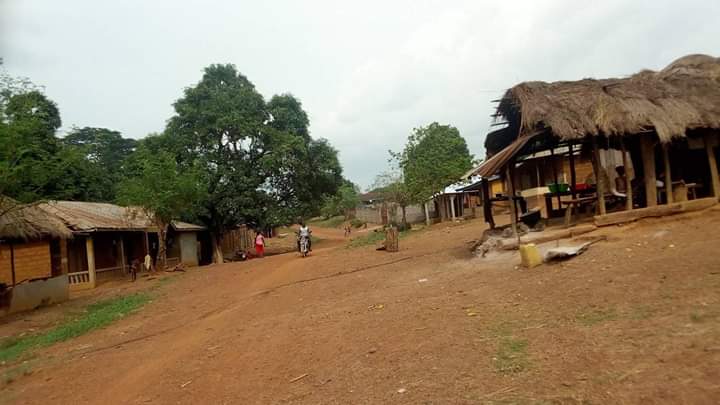
Rochen Kamandao.
Rochen Kamandao is a small town located in Yoni Mamela Chiefdom. It consists of over three hundred houses with a population of over eight hundred people. The town consists of two primary schools which are: United Methodist Church (UMC) and the Sierra Leone Muslim Brotherhood (SLMB). There is also a secondary school which is clled Sabarah Community High School. The primary occupation of people living in Rochen Kamandao is farming and trading. The two major religions are Islam and Christianity but the population is dominated by Muslims because there are four mosques and one church. The community is primarily Temne dominated. Their staple foods are rice, cassava, beans and green vegetables.
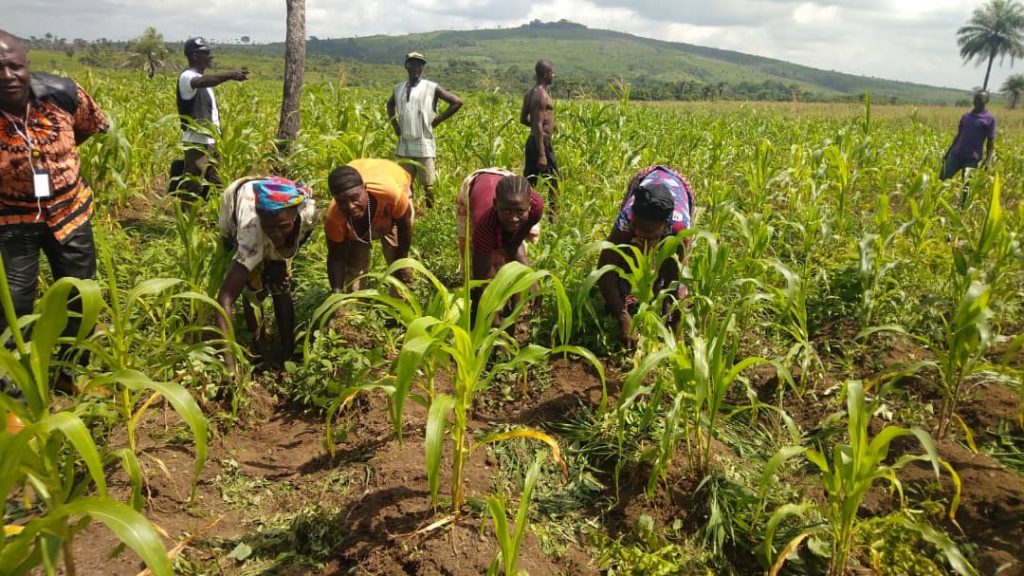
Connecting The Threads of Culture.
Several members of Impact Sierra Leone are proud natives and descendants of Yonibana. We are connecting the threads of our culture to make a positive difference in Yonibana, using our voice, our influence, and our connections for the greater good. Our organization is excited about the great ways we will partner with Yoni leaders to help restore it to its glory days. Collaborating with other groups around the world to make a difference in Yonibana will be one of our primary goals. Yonibana has so much potential with vast farm lands that can definitely feed the masses and reduce poverty. By providing the necessary resources, we have the opportunity to empower the youth, the farmers, women and children and the students of YSS. The strength of Yonibana is its people and hand in hand, we will make an impact and achieve many of the UN sustainable development goals.
